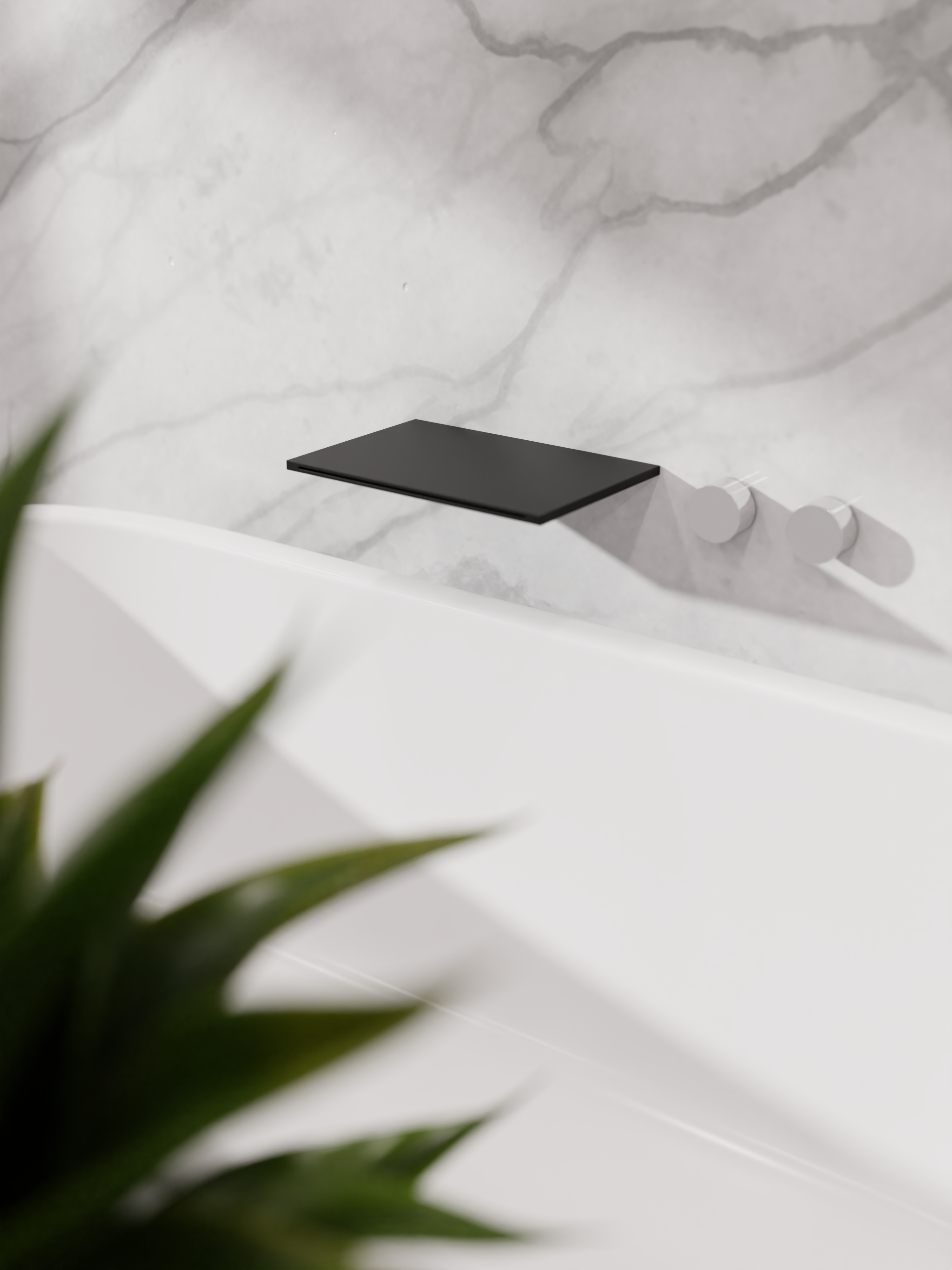A Guide To Tub Fillers
Once regarded as an essential and functional element of the bathroom, the bathtub has taken on a whole new symbolism in the 21st century.
Showering has taken over as the method of choice for our daily ablutions – but far from falling out of favor, this has freed up the way for bathtubs to become the focus for the self-care, indulgence and relaxation we all crave in our frenetic modern lives.
As this trend has emerged, we’ve seen changes in the style of tubs being installed in modern bathrooms – a shift away from built-in tubs towards freestanding, sculptural forms that give a design nod to times when only the most affluent homes could afford a proper tub. In turn, this has meant a change to trends in plumbing hardware – specifically tub filler faucets – that we’re seeing in today’s homes.
When bathtubs were built in, tub fillers were always deck mounted – on the side of the tub itself. But with freestanding tubs comes the option to get a different look, with a wall mounted tub filler – or even a free-standing style that’s fixed to the floor.
So which style is best for which washroom? Are there things to consider besides aesthetics? Is the deck-mounted faucet on its way out? Let’s explore these emerging trends…
Is the deck-mounted tub filler a thing of the past?
Good news – absolutely not! Deck-mounted tub fillers have been around as long as tubs themselves, and there will always be a place for them, even in contemporary washroom design.
The vast majority of tubs have room for a deck-mounted faucet if the consumer wants to have one, with the exception being some of the very thin acrylic bathtubs on the market, or those crafted from solid stone, which makes it difficult to include faucet holes and conceal pipework.
However, it’s very possible to get the look and still choose a deck-mounted faucet – many slim-profile tubs on the market have an integral moulded deck that allows a faucet to be mounted inside the tub, rather than on the edge.
Why choose a wall-mounted tub filler?
A wall-mounted tub filler is the ideal choice in a contemporary washroom interior, especially if space is limited. By choosing a smaller, freestanding tub and positioning it against the wall, then choosing a wall-mounted faucet, you create an illusion of more space around the tub and an overall more streamlined look and a clutter-free deck.
Because a wall-mounted faucet doesn’t need deck space, you can choose a tub with the same footprint, but a thinner profile, which means the tub itself will be larger. Wall-mounted faucets also make for a more hygienic space, since water cannot pool around the faucet.
Installing a wall-mounted faucet isn’t as straightforward as fitting a deck-mounted option, however; since you’ll need to track water pipes and valves into the wall. This is simple to do on a new building project, but trickier on bathroom renovations. Wall mounted faucets are also more difficult to repair if something goes wrong.

Why choose a freestanding tub filler?
A freestanding or floor mounted tub filler is a really decadent option that gives you ultimate design freedom in the washroom. The design actually harks back to some of the first ever indoor washrooms, when it was standard practice to have a floor-mounted faucet – think about those classic Victorian washrooms with roll-top tubs!
These days, floor-mounted faucets are available in a wide range of styles, from the classic to the ultra-contemporary. The key advantage of a floor-mounted tub filler is it means you can position the tub anywhere, even in the middle of a room! This makes them an ideal choice for large washrooms and open plan spaces, allowing you to bathe in style almost anywhere.
Freestanding tub fillers are a bold and elegant choice, but they do have some limitations – you’ll need access to the underfloor for water pipes, which can be easily achieved at the build stage, but on renovation projects a floating floor may need to be installed, which isn’t always practical.
General advice on choosing a tub filler
Whatever style of tub filler you install, there are some key things to consider.
- Seek advice on selecting the right tub filler for the size of your bathtub. Unlike kitchen and lav faucets, tub fillers are NOT designed to save water and energy – the goal is to fill the tub as quickly as possible, without losing water temperature. A plumber will advise on the correct supply pipe capacity and faucet combination to get the most efficient performance.
- Make sure that the faucet spout you choose is the right size for your tub. The faucet spout is measured from the base of the faucet body to the middle of the spout’s water outlet.
- The faucet should be located 3” to 6” over the rim of the tub to avoid splashing water out of the tub, and the controls should be at least 33” from the floor.
- The tub controls should be easy to access — both while sitting inside, and standing outside of the tub.
- If the tub is a freestanding, high-backed, slipper tub, the faucet should be placed along the lower end for the bather’s comfort, and to allow easy access into and out of the tub.
